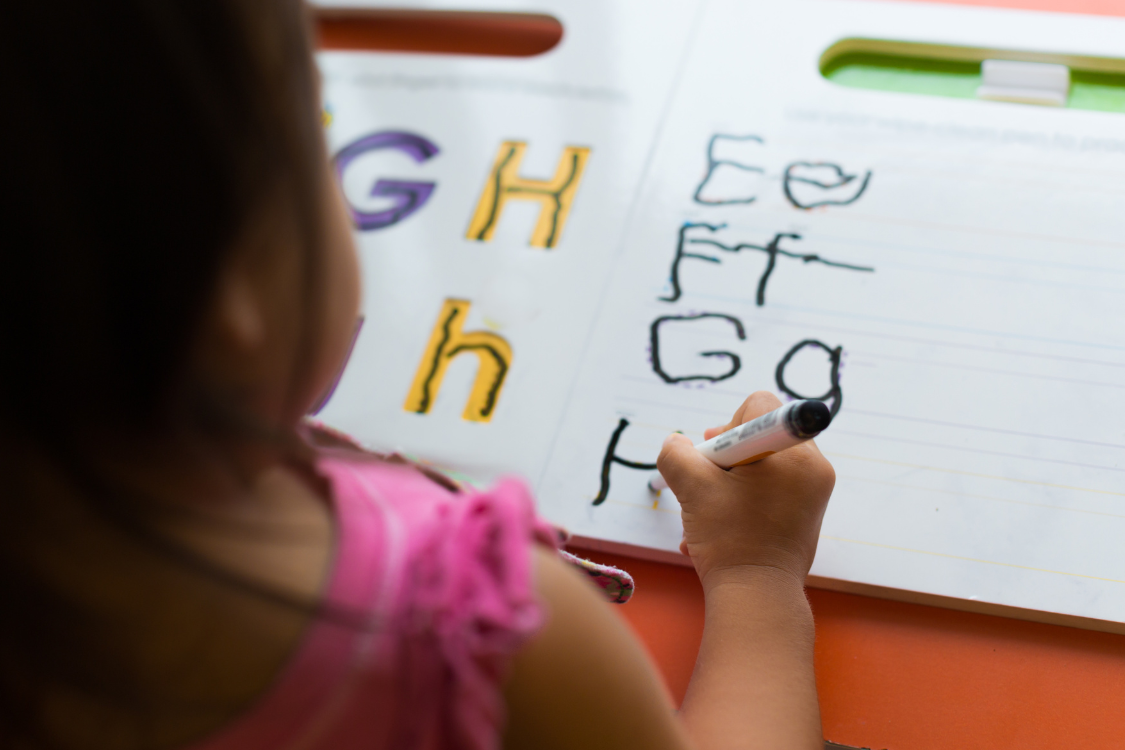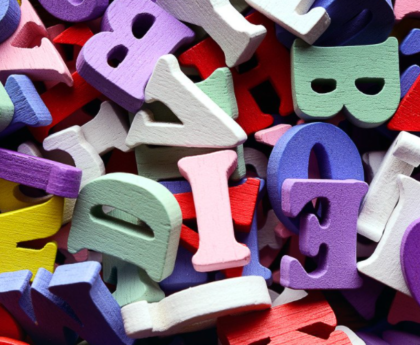Writing is a foundational skill that many of us take for granted. For some children, however, the seemingly simple act of putting pencil to paper becomes an obstacle course of frustration and difficulty. If you’ve noticed your child or student struggling with handwriting despite adequate intelligence and effort, dysgraphia might be the underlying cause.
What Is Dysgraphia? Defining the Condition
Dysgraphia is a specific learning disability that affects a child’s ability to write legibly and fluently. It goes beyond just “messy handwriting” – it’s a neurological condition that impacts the brain’s ability to coordinate the complex movements needed for writing. Children with dysgraphia often experience a disconnect between what they want to write and what their hand is able to produce.
The International Dyslexia Association describes dysgraphia as a condition that involves difficulties with “spelling, poor handwriting, and trouble putting thoughts on paper.” Unlike temporary writing challenges, dysgraphia persists despite regular practice and instruction. It’s important to note that dysgraphia isn’t related to intelligence – many brilliant minds struggle with this condition.
Children with dysgraphia might display several common signs:
- Awkward pencil grip or body position when writing
- Inconsistent spacing between letters and words
- A mixture of print and cursive letters
- Incomplete or omitted words in sentences
- Difficulty organizing thoughts on paper
- Fatigue or pain during writing tasks
- Frustration or avoidance of writing activities
Understanding dysgraphia requires recognizing it as a neurological processing issue rather than a motivation problem. These children aren’t being lazy or careless – their brains process writing-related tasks differently.
Types of Dysgraphia and How They Impact Learning
Dysgraphia manifests in different ways, and recognizing these variations helps teachers and parents provide targeted support. Researchers typically identify three main types:
Motor Dysgraphia
This type involves difficulty with the fine motor skills needed for writing. Children with motor dysgraphia may have poor dexterity, muscle tone, or coordination. Their handwriting is often illegible, even when copying directly from a model. Despite these challenges, they can typically spell correctly and compose thoughts when using alternatives to handwriting.
Spatial Dysgraphia
This variation affects a child’s understanding of space on the page. Students with spatial dysgraphia struggle with consistent letter size, spacing, and alignment. Their writing might wander up or down the page, with irregular spacing between words and letters. Like those with motor dysgraphia, they generally maintain proper spelling and compositional skills when using alternatives to handwriting.
Language Dysgraphia
Perhaps the most complex type, language dysgraphia affects a child’s ability to translate thoughts into written language. These students may struggle with spelling, grammar, and organization of ideas, in addition to the physical act of writing. Their challenges extend beyond handwriting to include difficulties with sentence structure and the composition of coherent paragraphs.
Many children experience a combination of these types, which can make identification challenging. Furthermore, dysgraphia frequently co-occurs with other learning differences like dyslexia, ADHD, or language processing disorders. This overlap can sometimes mask dysgraphia or complicate the diagnostic process.
Early Identification: Signs and Symptoms Across Age Groups
Recognizing dysgraphia early can make a tremendous difference in a child’s educational experience. The signs vary across developmental stages, but early intervention consistently leads to better outcomes.
Preschool and Kindergarten:
- Unusual difficulty learning to form letters
- Resistance to drawing and coloring activities
- Trouble with basic cutting and pasting tasks
- Difficulty learning self-help skills that involve fine motor coordination
- Strong preference for verbal communication over activities requiring fine motor skills
Elementary School:
- Slow, labored writing that takes significantly more time than peers
- Awkward pencil grip or body position when writing
- Mixture of uppercase and lowercase letters
- Inconsistent spacing between words and letters
- Inability to write on the line or within margins
- Frequent erasing or crossing out
- Difficulty copying from the board or another paper
- Significant difference between verbal abilities and written work
Middle and High School:
- Continued illegible handwriting
- Avoidance of writing tasks
- Written work that doesn’t reflect the student’s knowledge or verbal abilities
- Difficulty organizing thoughts on paper
- Incomplete assignments when writing is required
- Exhaustion after writing tasks
- Lower academic performance, specifically in writing-intensive subjects
Classroom Strategies: Support Students with Dysgraphia
Teachers play a crucial role in helping students with dysgraphia succeed. Here are effective classroom strategies that can make a significant difference:
Modify Writing Tasks:
- Reduce the length of writing assignments
- Allow extra time for written work
- Permit alternative methods of demonstrating knowledge (oral reports, recordings, etc.)
- Provide partially completed notes or outlines
- Break long assignments into smaller chunks with separate due dates
Adjust Materials and Tools:
- Offer paper with raised lines, highlighted lines, or graph paper for better spatial awareness
- Provide pencil grips or different writing implements to find what works best
- Consider slant boards or clipboards to position paper at an optimal angle
- Allow use of wide-ruled paper or specially designed dysgraphia paper
Incorporate Technology:
- Introduce keyboarding skills early and consistently
- Utilize speech-to-text software for longer writing tasks
- Explore word prediction software and digital graphic organizers
- Consider allowing the use of tablets or computers for written assignments
Teach Explicit Strategies:
- Provide direct instruction in letter formation with multisensory approaches
- Teach keyboard skills systematically
- Offer explicit instruction in the writing process with graphic organizers
- Develop automaticity through targeted practice of specific skills
A multisensory approach is particularly effective for students with dysgraphia. This involves simultaneously engaging multiple senses – visual, auditory, tactile, and kinesthetic – to reinforce learning pathways in the brain.
Beyond Handwriting: Support the Whole Child
While handwriting difficulties are the most visible aspect of dysgraphia, the condition’s impact extends beyond the page. Children with dysgraphia may develop secondary emotional challenges that require attention and support.
The emotional toll of dysgraphia can include:
- Decreased self-esteem and confidence
- Frustration and feelings of inadequacy
- Anxiety about writing tasks
- Reluctance to participate in class
- Avoidance behaviors related to writing
Teachers and parents can support the whole child by:
- Emphasizing the student’s strengths and interests
- Creating opportunities for success in non-writing areas
- Being mindful of potential embarrassment when handling written work
- Providing private feedback rather than public corrections
- Teaching self-advocacy skills
- Maintaining high expectations while providing appropriate accommodations
Home-School Partnership: Coordinate Support
The most effective support for children with dysgraphia comes from consistent collaboration between home and school. When parents and teachers work together, the child receives cohesive support that addresses all aspects of dysgraphia.
Effective collaboration includes:
- Regular communication about strategies that work
- Consistent approach to accommodations across settings
- Shared understanding of the child’s specific challenges
- Complementary practice activities at home and school
- Joint celebration of progress and successes
Parents can reinforce school strategies by:
- Creating a comfortable, distraction-free homework space
- Breaking writing tasks into manageable chunks
- Practicing specific handwriting skills through enjoyable activities
- Using technology tools recommended by teachers
- Focusing on content rather than presentation during homework
With coordinated support, children with dysgraphia can develop effective strategies for managing their challenges while building on their strengths.
Get Started with Support: Your Next Steps
Understanding and supporting a child with dysgraphia requires patience, knowledge, and a willingness to try different approaches. Here are some practical next steps:
- Observe and document specific writing challenges
- Implement classroom accommodations immediately
- Consult with special education staff about additional resources
- Communicate regularly with parents about strategies and progress
- Focus on the child’s strengths while providing support for writing
For Parents:
- Share your observations with teachers and healthcare providers
- Consider a comprehensive educational evaluation
- Learn about dysgraphia through reliable resources
- Practice recommended strategies consistently at home
- Maintain a positive attitude about your child’s learning differences
Turn Writing Challenges into Opportunities for Growth
Dysgraphia presents real challenges, but with appropriate support, children can develop effective strategies and confidence in their abilities. The key is recognizing that dysgraphia is just one aspect of a child’s learning profile, not a limitation on their potential.
By implementing targeted strategies, maintaining high expectations, and focusing on strengths, teachers and parents can help children with dysgraphia become successful students and communicators. Remember that the goal isn’t necessarily perfect handwriting, but rather developing functional writing skills and alternative methods of expression. Ready to support your child’s unique learning journey with evidence-based approaches? Download the Reading.com app today for a 7-day free trial and access specialized tools designed to help children with various learning differences, including dysgraphia, build confidence and skills through systematic, multisensory instruction.





